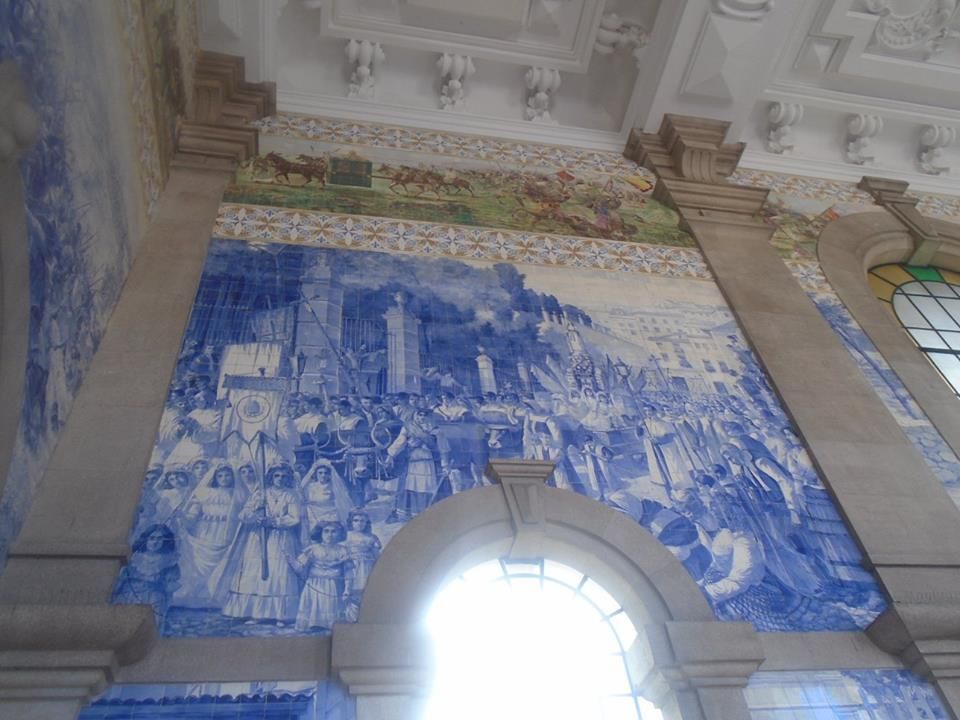About
The walls of the São Bento Railway Station in the historical city of Porto, Portugal have a story to tell.
The transportation hub located in the heart of Porto does more than shuttle people back and forth. The French Beaux-Arts structure holds within 20,000 magnificent azulejo tin-glazed ceramic tiles depicting Portugal's past - its royalty, its wars, and its transportation history. The blue and white tiles were placed over a period of 11 years (1905–1916) by artist Jorge Colaço.
Built in 1900, the beautiful station was named after a Benedictine monastery that once occupied its space back in the 16th century. Destroyed by fire in 1783, the house of worship was rebuilt but by the 19th century was torn down to make way for the expanding railway system. Built by architect José Marques da Silva, the very first stone was laid by King Carlos I himself.
Five years after the station was built, the intricate tile work began. Included in the landscapes and ethnographic displays are the Battle of Valdevez (1140) and the Conquest of Ceuta (1415) along with several other important events and places that created the vibrant city that this unusual and beautiful station resides in.
Related Tags
Know Before You Go
In Almeida Garret Square
Community Contributors
Added By
Published
January 2, 2014












































































































